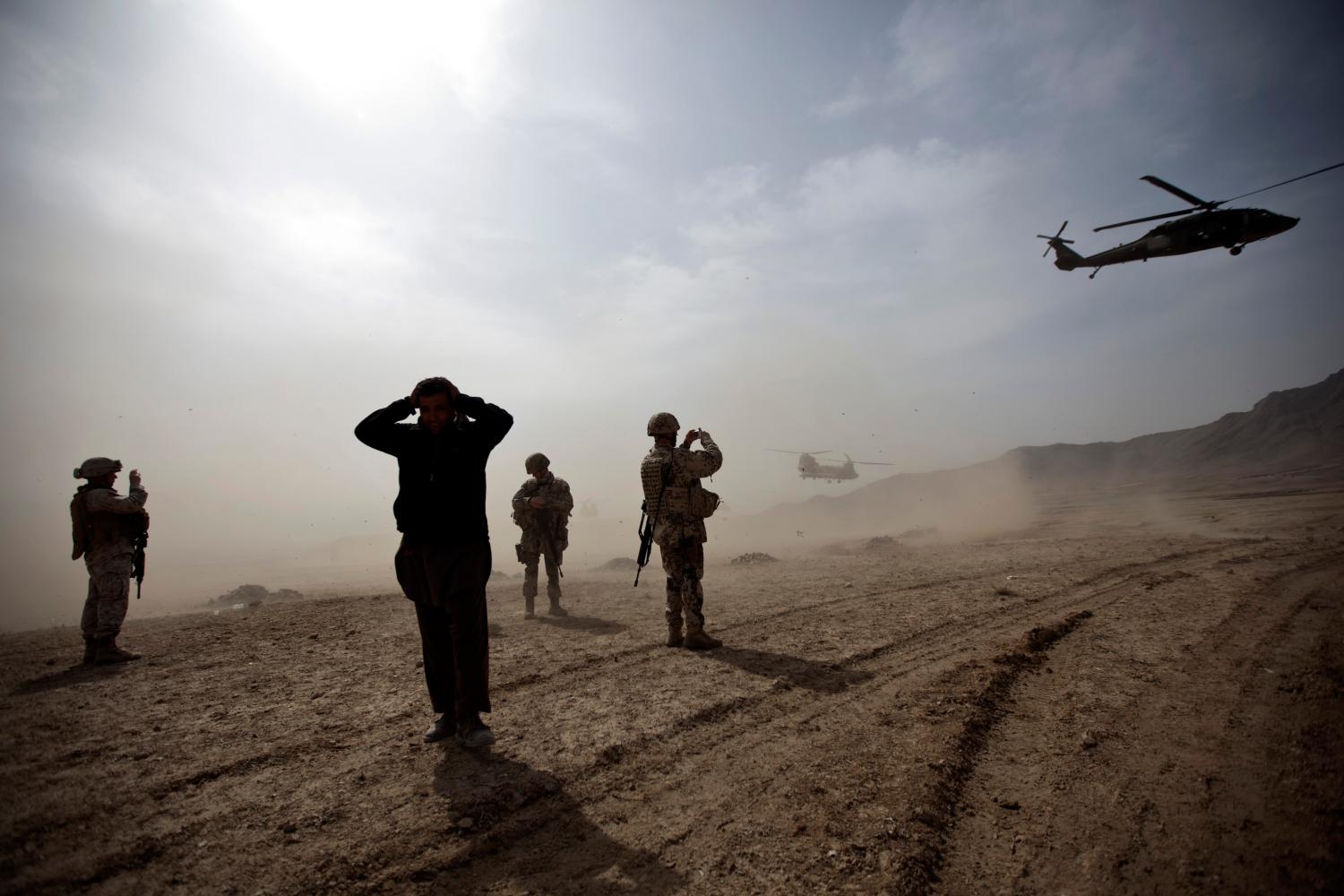In this policy proposal — part of The Hamilton Project‘s 15 Ways to Rethink the Federal Budget — Gary Roughead and Kori Schake propose restructuring the force to improve the military’s ability to respond to modern challenges, making military procurement of assets more efficient and competitive, and creating benefits packages more in line with troops’ preferences.
IMPACT
Deficit Reduction (10-year): $500 billion
Broader Benefits: Improves the military’s ability to respond to modern challenges, particularly in Asia and the Middle East; makes military procurement of assets more efficient and competitive; designs benefit packages more in line with troops’ preferences.
ABSTRACT
The current international order provides an opportunity for U.S. policymakers to put the defense budget in order, and the long- term federal budget outlook makes seizing this opportunity essential. Defense spending has come under scrutiny during budget negotiations; most recently, the Budget Control Act of 2011 (BCA) calls for reductions of $500 billion in defense spending over the next ten years. Although defense can and should contribute to spending reductions, the BCA’s across-the-board cuts would significantly impair the U.S. military’s ability to execute its duties. Instead, responsible reductions in defense spending should be spread more practically across a ten-year period and be designed to strategically focus on the threats we are likely to face and to address internal pressures in the defense budget. Certain internal cost pressures in the defense budget make reductions in spending especially difficult, but unless these areas of cost growth are addressed, they will crowd out spending in other areas and begin to remove military capacity and capability. This paper lays out a strategy to address these challenges in three parts: (1) design a force better aligned to face future challenges, (2) improve the efficiency and efficacy of the acquisition system, and (3) control rising personnel costs. Together, these reforms set the stage for a sustainable defense budget—one that preserves our capability both to face challenges in the near future and to rebuild as new challenges arise.



